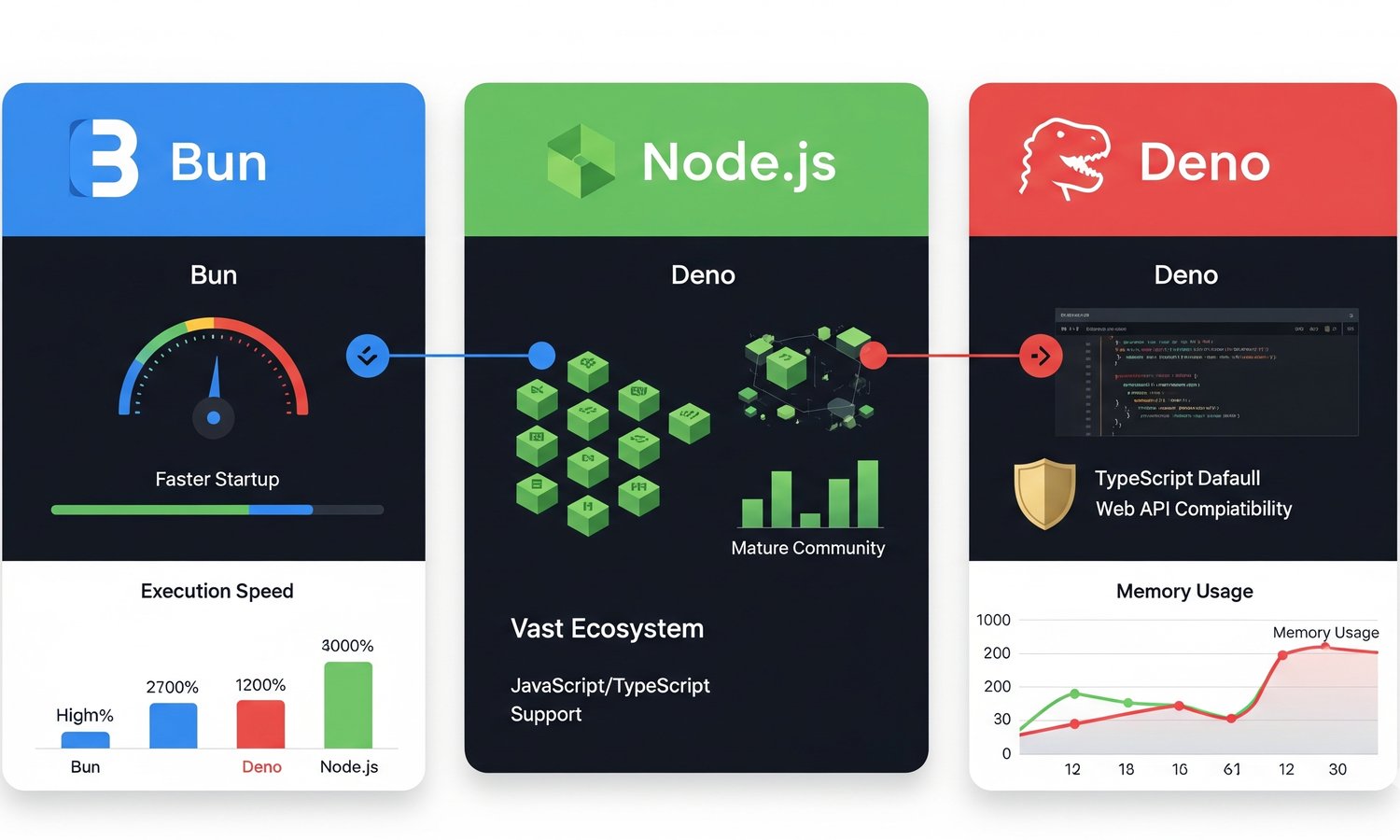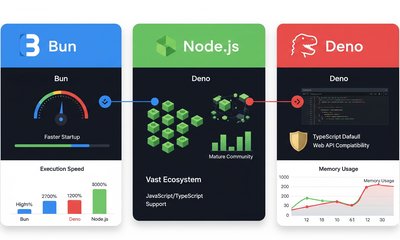By dunghv, at: 11:38 Ngày 04 tháng 9 năm 2025
Thời gian đọc ước tính: __READING_TIME__ phút


By dunghv, at: 11:38 Ngày 04 tháng 9 năm 2025
Thời gian đọc ước tính: __READING_TIME__ phút


Tháng 10 10, 2025
Đọc thêm